
I found this old out-of-print classic in Green Apple Books in San Franscisco for ten dollars (minus my family discount – see disclaimer below). It was in near perfect condition after more than forty years (copyright 1967, Kodansha International). The original price was $6.95 (hardcover no less). BTW: Green Apple is one of the best surviving used/new independent bookstores anywhere (disclaimer: my son-in-law is part owner, but this takes away nothing from the fact that it’s a great place and an institution in San Fransisco).
I got lucky
John Palmer, founder of Bonsai Today and Stone Lantern Publishing mentioned this book to me years ago. I think he was hoping that it would show up back in print, or perhaps he was entertaining ideas of reprinting it himself (memory doesn’t always serve). Now, years later I got lucky and stumbled upon it.
Stay posted for excerpts
Though this classic is chock full of useful info for anyone interested in saikei, we’ll tantalize you with just the cover for now. Later and little by little, we’ll post excerpts for your enjoyment.
BTW: There is an English language saikei book that is in print.
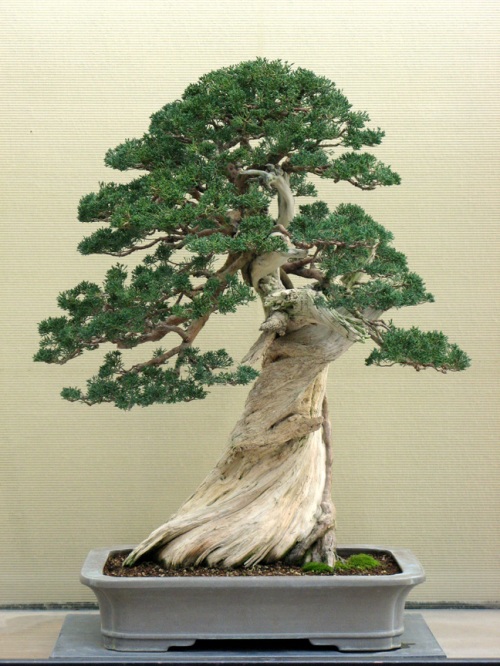
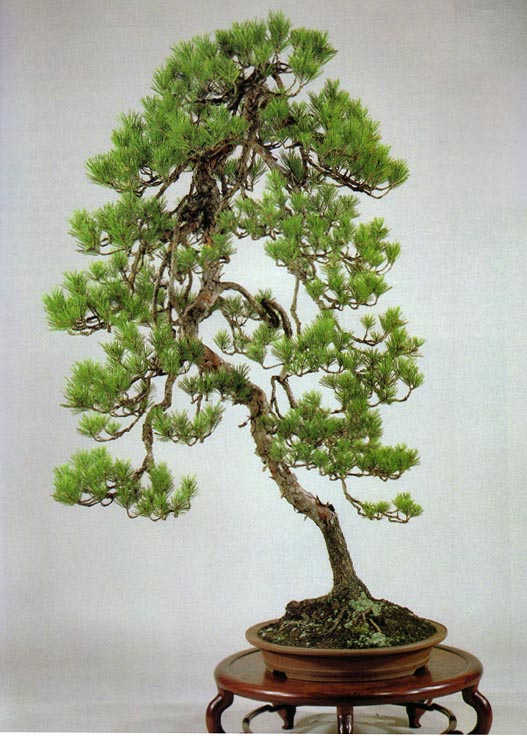


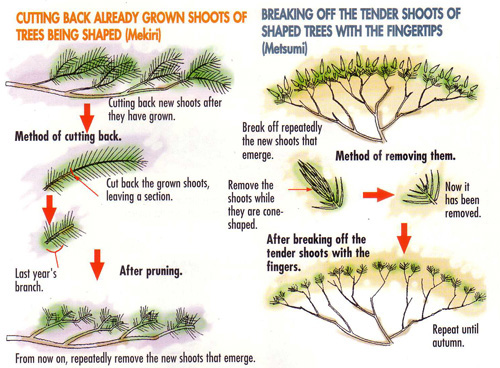 These simple tips on trimming and pinching are from an extensive article entitled ‘How to Train Coniferous Bonsai’ from
These simple tips on trimming and pinching are from an extensive article entitled ‘How to Train Coniferous Bonsai’ from 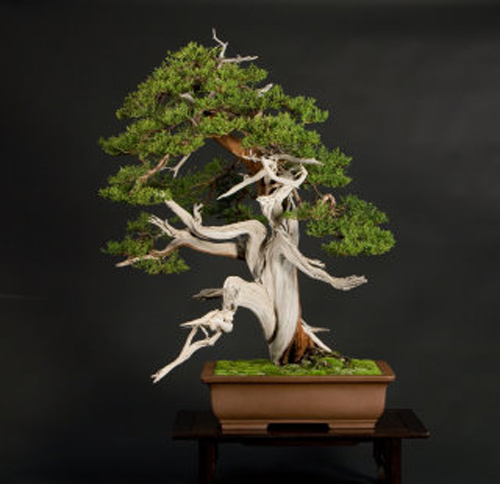
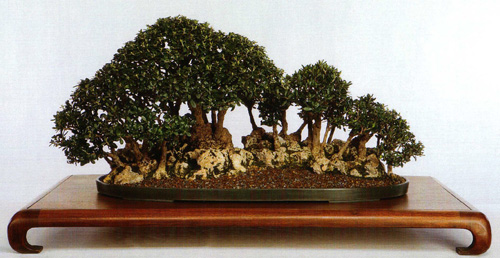
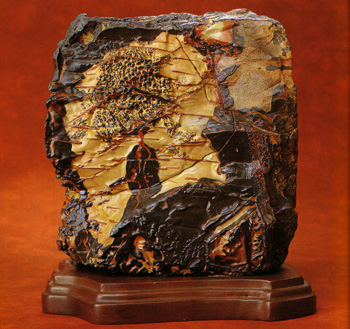
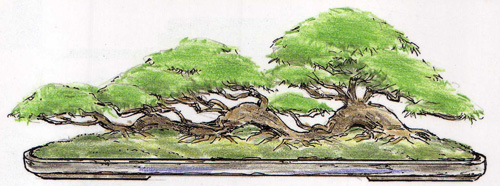 This very well rendered drawing by
This very well rendered drawing by 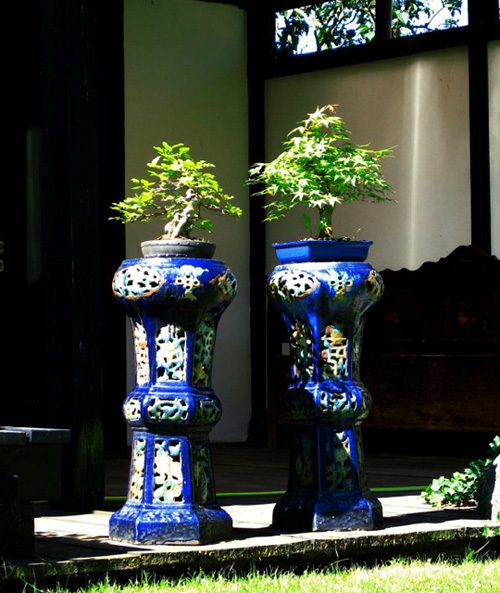
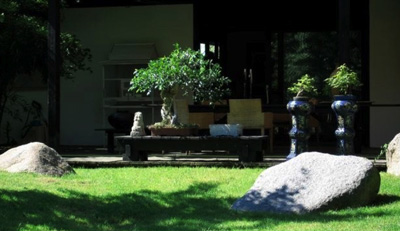
 Our
Our